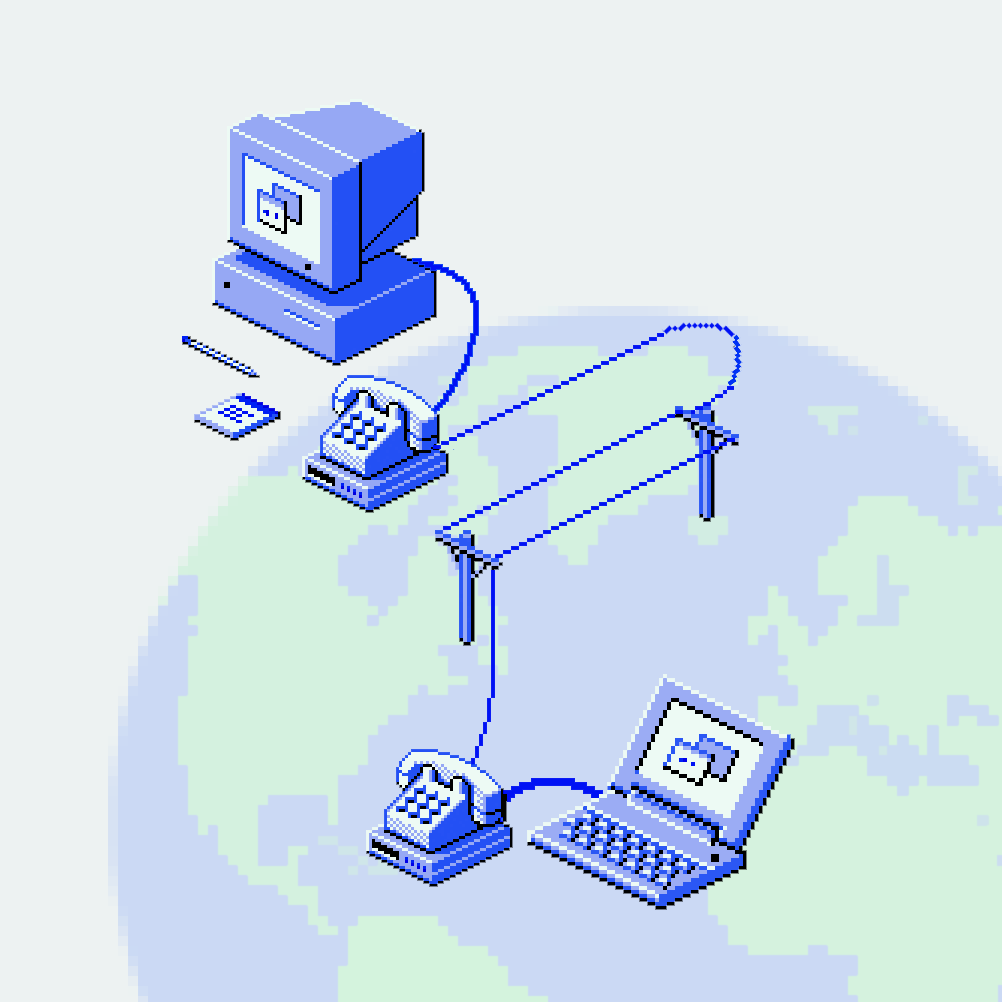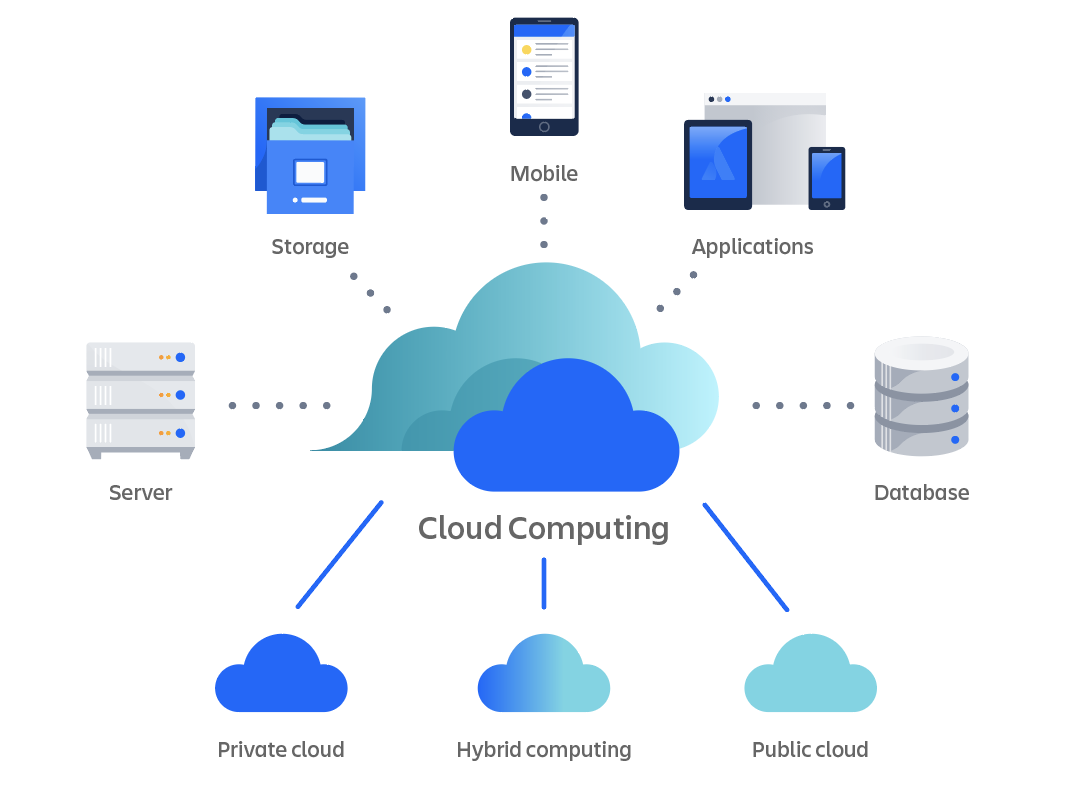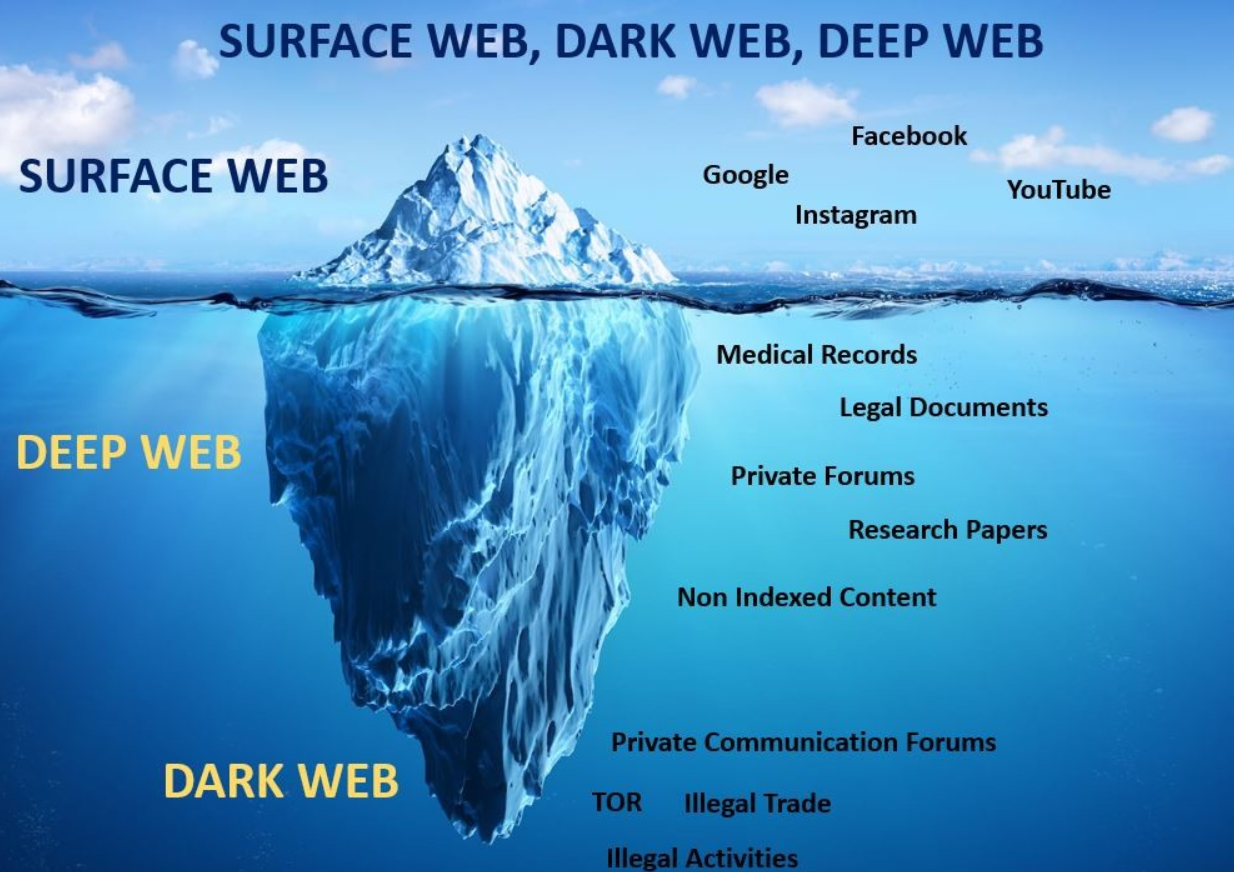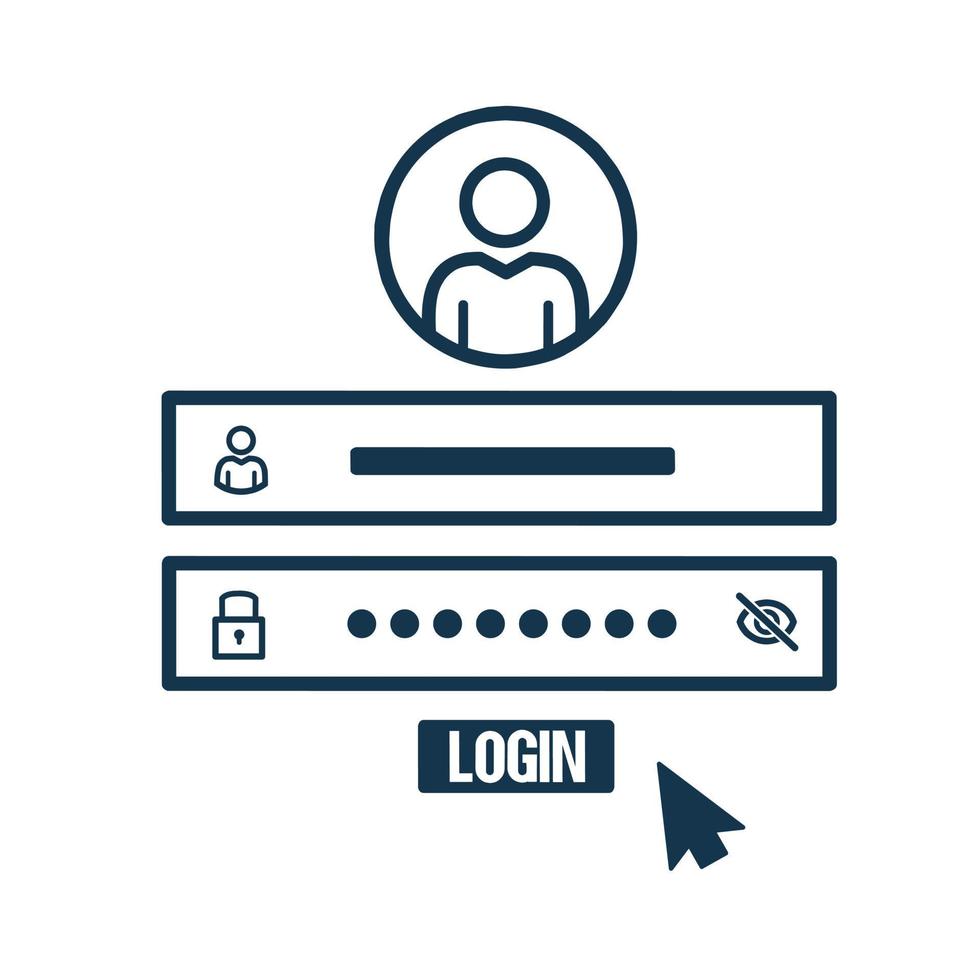
The Era of Slow But Exciting Internet
Imagine this: It’s the late 1990s or early 2000s. You sit down at your computer, double-click on the internet icon, and then—beep… screech… buzz… a weird, robotic sound fills the room. That’s your dial-up modem connecting to the internet. You wait, hoping no one in the house picks up the phone, because if they do—bam! Connection lost.
For those who grew up in the broadband and 5G era, it might be hard to believe, but this was once the only way to access the internet for millions of people worldwide.
What Was Dial-Up Internet?
Dial-up internet used the telephone line to connect your computer to the internet. It worked through a modem, which dialed a phone number provided by your Internet Service Provider (ISP). Once connected, you could browse websites, check emails, or chat online. But there was a catch—it was slow, very slow.
The standard speed of dial-up was 56 kbps (kilobits per second). To put that into perspective, today’s broadband speeds start at 100 Mbps (megabits per second)—nearly 1,800 times faster!
The Struggles of Dial-Up Internet
1. The Infamous Connection Sound
The dial-up handshake sound was iconic. It was a mix of beeps, screeches, and static noise. This wasn’t just for show—the modem was actually communicating with the ISP using these sounds.
2. No Internet While on the Phone
Since dial-up used the same telephone line, you couldn’t use the internet and make a phone call at the same time. If someone picked up the phone, your internet connection would instantly drop. Imagine downloading a file for an hour, and just before it finished—someone in your house made a call and disconnected you.
3. Web Pages Took Forever to Load
Opening a website with a single image could take minutes. Watching videos? Forget about it! You were lucky if a low-resolution image loaded within 30 seconds. If you wanted to download a song, it could take hours.
4. Monthly Internet Bills Were High
Many people had limited internet hours in their plans. If you exceeded those hours, you had to pay extra. Some ISPs charged per minute, making internet usage an expensive habit.
The Fun Side of Dial-Up Internet
Despite its slowness, dial-up was magical for many. It was the gateway to a new digital world.
- Early Chat Rooms & Instant Messaging
Before WhatsApp and Instagram, there were Yahoo Messenger, MSN Messenger, and AOL Chat Rooms. This was where people made new friends, chatted for hours, and sent those classic “ding” sounds when nudging someone online. - The Excitement of Sending Emails
Receiving an email was a big deal back then. People would eagerly wait for an email, much like waiting for a letter in the mailbox. - The First Days of Google, Yahoo, and Ask Jeeves
Search engines were still new, and websites looked basic. There were no fancy animations or autoplay videos—just plain text, blue hyperlinks, and pixelated images. - Downloading MP3s & Ringtones
If you wanted a song, you had to wait hours to download a single MP3 file. And let’s not forget the joy of finding the perfect monophonic ringtone for your Nokia phone!
The End of Dial-Up: A Faster World Arrives
By the mid-2000s, broadband internet started replacing dial-up. Broadband was:
✅ Always connected (No need to dial in)
✅ Faster speeds (Streaming became possible)
✅ Didn’t block the phone line
By 2010, dial-up had almost completely disappeared in most parts of the world. Today, we enjoy high-speed internet, fiber connections, and 5G networks, making dial-up a thing of the past.
A Nostalgic Memory
Although dial-up internet was slow and frustrating, it was also a time of excitement. It introduced millions of people to the digital world for the first time. It taught patience, made every email feel special, and turned simple chats into memorable moments.
If you ever used dial-up internet, you probably still remember that screeching connection sound. It may have been slow, but it was the beginning of our internet journey.
Do you remember using dial-up internet? Share your memories in the comments!



Leave a Reply